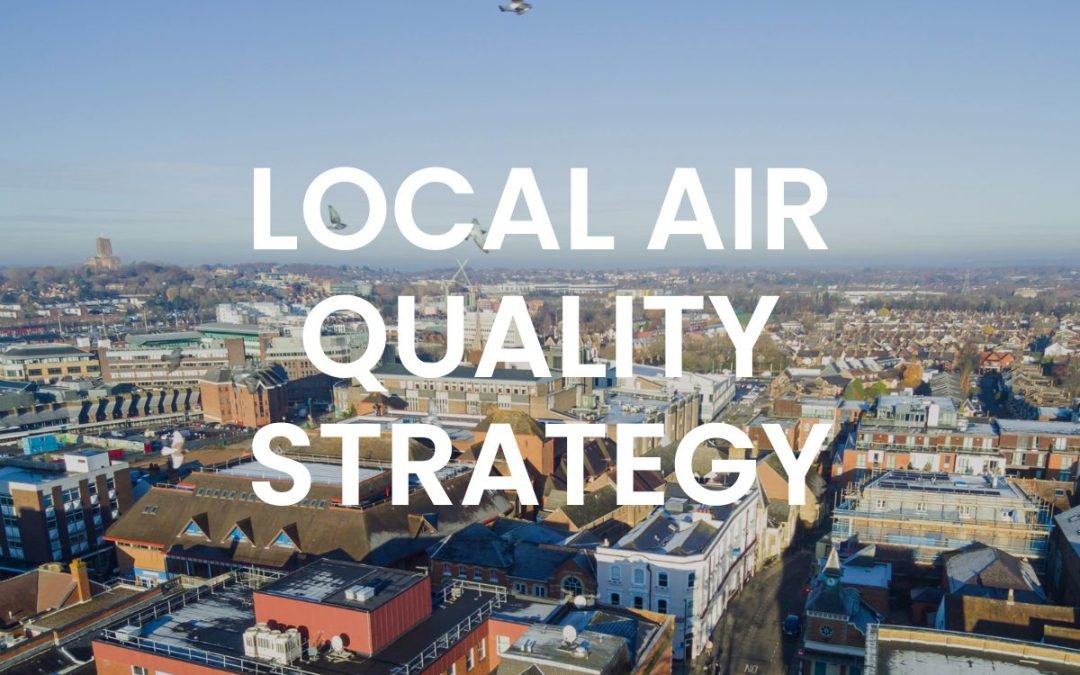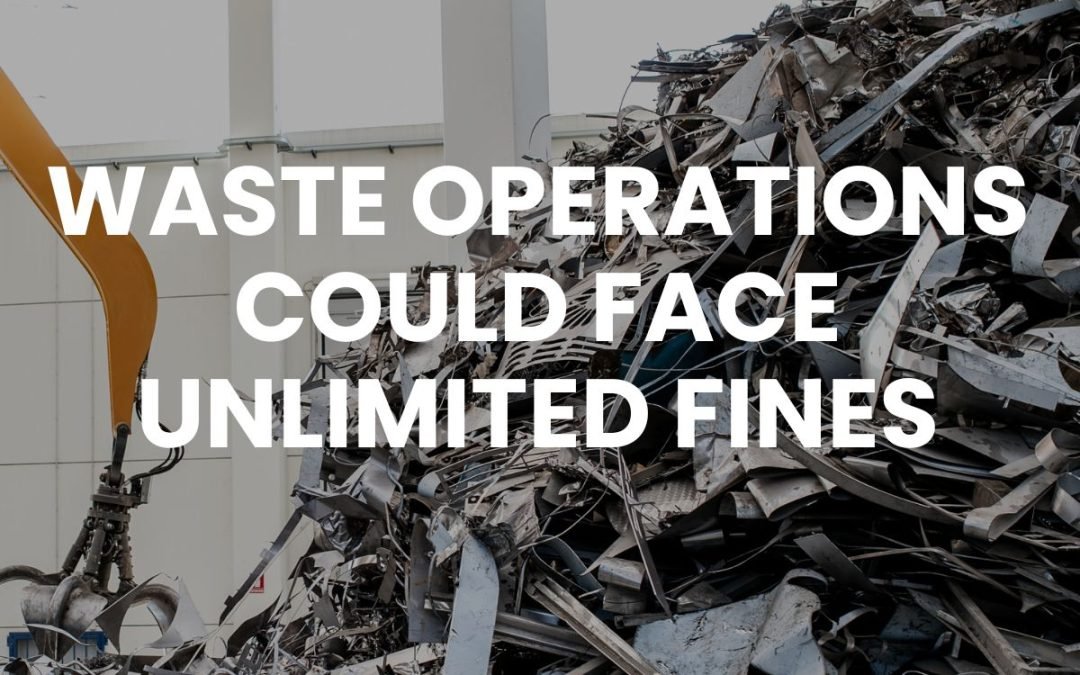Over the last couple of weeks we have been talking a lot about the impact of Ultra Low Emission Zones on the EMSOL business. But another transport revolution is taking place that we would be want to ignore. That of the revolution in electric traction in all types of vehicles.
As we mentioned last week, electric and low emission vehicles make up a small percentage of total vehicle sales. The National Grid estimates that 36 million of them could be on the road by 2040, placing big strains on the electricity grid without investment. Globally, the number of vehicles will go from 3 million today to up to 125 million by 2030.
For our target market (logistics) it is worthwhile stating that the adoption of electric propulsion is likely to take longer than private cars. The rate of adoption roughly correlates with the size of the vehicle. While smaller delivery vehicles are likely to see technology transfer from cars, specialist solutions are needed for larger vehicles.
There have been many trials to tackle just this issue. Fitting trucks with railway-style pantographs have been the most visible, but Scania have trialled plug-in hybrids, Hyundai are trailling fuel cells, and MAN are going for the full battery technology. But in an industry where costs reign supreme, few companies are currently willing to pay extra for electric vehicles.
The transition to electric propulsion is likely to be a long one, across all sectors. For EMSOL, the value proposition we offer is that our solution can help companies manage this transition to electric propulsion by helping to manage their fleets in air quality sensitive areas. Thus avoiding unnecessary costs in the short term.
It is also worthwhile remembering that while electric vehicles may reduce tailpipe emissions, it does not mean that air pollution will go away. In fact, research has shown that as much particulate matter is sourced from non-exhaust sources (like braking and the road surface itself) as there is from exhausts. Whilst understanding this may require changes in our product, the need for our product will still be there.
Finally, one of the inevitable consequences of bans or restrictions – lets say to only electric vehicles – is conflict between regulators and operators. For that, a robust monitoring system is needed to provide the evidence of emissions and activity that actually took place. EMSOL can provide that system.
Even in an electric future, the future for EMSOL is a strong one.





